State of health
There is significant evidence demonstrating the positive impacts of green space and biodiversity on both human health and wellbeing and urban space5. The percentage of the global population living in urban areas is set to increase to 68% by 20506 and biodiversity contributes to the liveability of our urban spaces. The human benefits of urban green space include reduced morbidity and improved physical health outcomes, improved mental well-being, increased social cohesion and the provision of ecosystem services that can offer human health co-benefits, such as air cooling and air quality7.
Access to good quality outdoor green space is associated with positive health outcomes8, including:
-
improvements in mental health and wellbeing, such as depression, stress, dementia
-
increased longevity in older people
-
lower body mass index (BMI) scores, overweight and obesity levels and higher levels of physical activity better self-rated health
Access to green space is often impacted by socio-economic factors. People living in the most deprived areas are less likely to live near green spaces and will therefore have fewer opportunities to experience the health benefits of green space compared with people living in less deprived areas9. An inequitable distribution of parks and other green spaces could exacerbate health inequalities if people on lower incomes, who are already at greater risk of preventable diseases, have poorer access10.
Green infrastructure integrates the natural world into the physical fabric of buildings, and is frequently implemented with green walls, green roofs, and vertical gardens, particularly for high rise buildings. Green infrastructure offers benefits including; the removal of air pollutants, reduction of urban air temperatures and passive thermal benefits to buildings, improvement of local biodiversity through the provision of habitat for flora and fauna, rainwater attenuation, noise reduction and improved sense of wellbeing through biophilic connection for occupants11. Additionally, blue infrastructure (water-focused) incorporated within urban design can further contribute to the expansion of biodiversity, as well as creating desirable habitats to encourage activity behaviours. Both green and blue infrastructure incorporated in the urban environment can support the mitigation of species loss.
Outcome:
Access to quality green space on building footprint, in addition to local community. Maximise biodiversity on site and encourage implementation of nature-based solutions at community level.
Strategies across the lifecycle
Design:
-
Implementation of green infrastructure in building design, such as: shared landscaped courtyards and/or grounds, particularly in areas of social and economic deprivation; green roofs which can significantly reduce the cooling load of a building, resulting in reduced cooling requirements and therefore reduced energy consumption and associated output of atmospheric carbon dioxide12
-
Incorporate endemic ecological planting. Ensure incorporation of native plant species to support local flora and fauna
-
Incorporate ponds, waterways, and wetlands. Ponds and wetlands offer habitats to encourage biodiversity, plus function as Sustainable Drainage Systems and pollutant control resources13
-
Rehabilitation of degraded land. Repair land degradation and protect from multiple forces of risk, including extreme weather conditions (particularly drought), and human activities that pollute or degrade the quality of soils and land utility
-
Dedicated fauna underpasses at crossings to assist in avoiding collisions between vehicles and animals
-
Consider and mitigate risk of introducing pathogens and pests into the environment when introducing flora and fauna
Benchmarks:
-
Biodiversity Assessment: the impact on biodiversity of a project can be measured assessing the value of habitats including the quality and quantity of biodiversity gained and lost, comparing the ecological value pre, and post construction on a site by site basis.

